Gun Tests Reader Mike F. recently sent us a great note inquiring about long term firearms storage. He wanted to know whether it was safe to store a pistol in a leather holster for a lengthy period of time. Our answer, Sir, is a qualified MAYBE, depending on the metals in the firearm, finish types, local weather conditions, and other considerations. But if you need a quick answer, we’d say not to store your rig in a leather holster. We go into more detail below.
Not so many years ago, it would have been a most emphatic NO! We have to remember that, regardless of the material in the grip frame (polymer, steel or aluminum), the top end of a pistol is virtually always metal – and metal can/almost certainly will rust given sufficient time. Metal “in the white,” meaning bare metal only, can noticeably start to rust in Gulf Coast humidity overnight. Choosing a firearm made of stainless steel will delay that process considerably but will still eventually rust as well. Living in a less humid climate – say Arizona – will alleviate some of the problems, but guns will still rust in Prescott.
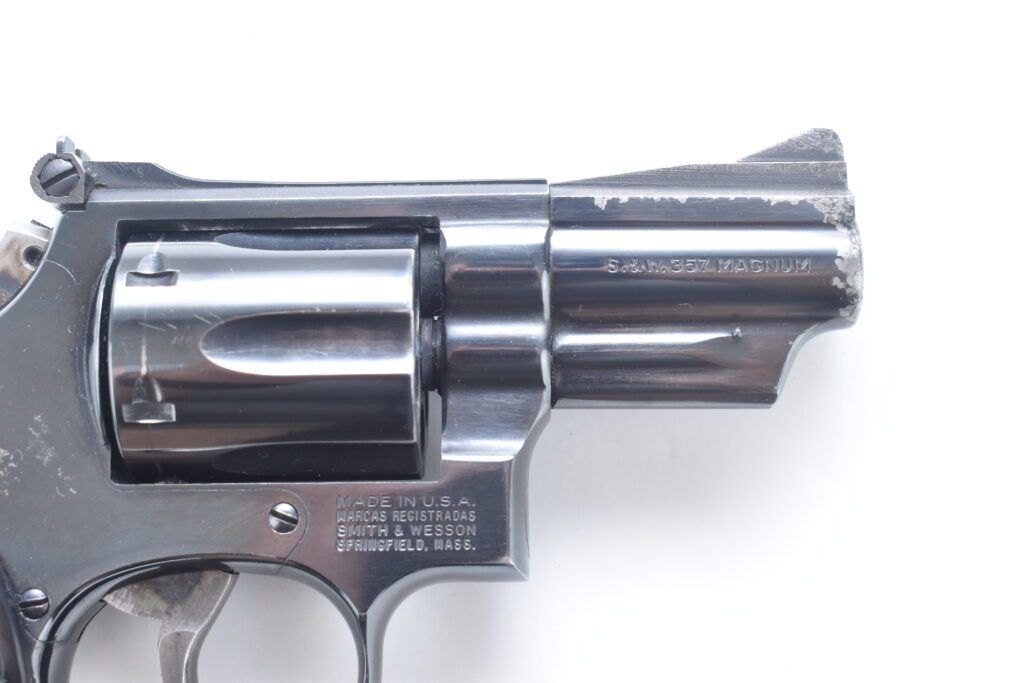
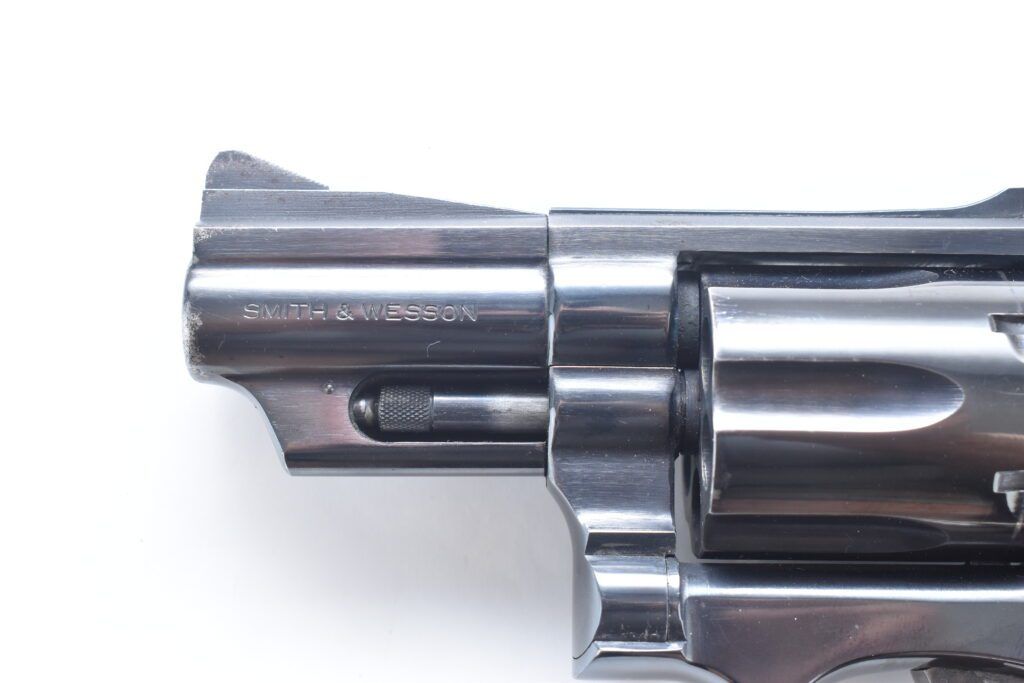
There are great ways to mitigate the oxidation of a metal object, primarily through the proper use of chemistry. Several of the most common methods are some type of chemical bath for the firearm. Perhaps the most common is bluing, also known as black oxide – which is an electrochemical reaction that oxidizes the surface of the gun, converting the iron in the surface to magnetite. In its simplest form, it creates a controlled layer of black rust on the barrel or action of your gun. It does not change dimensions of the metal but is still prone to additional rust and must be oiled frequently.
Parkerizing is a somewhat similar process that requires the metal to be subjected to a bath of phosphoric acid. Not as elegant as a polished blue finish, the Parkerizing method does provide some lubricity to the metal.
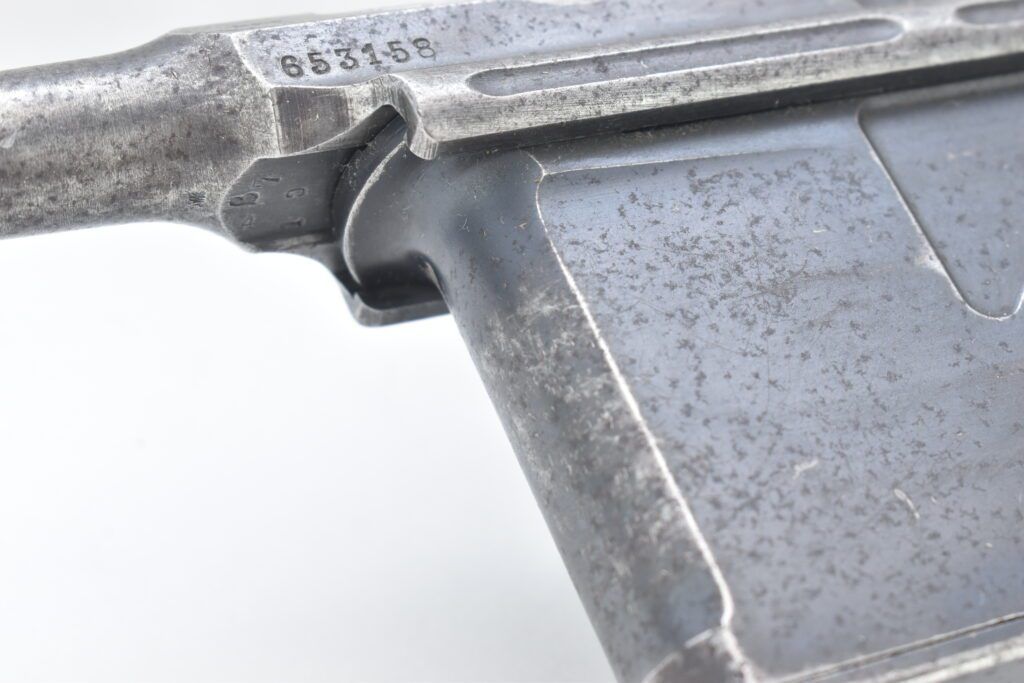
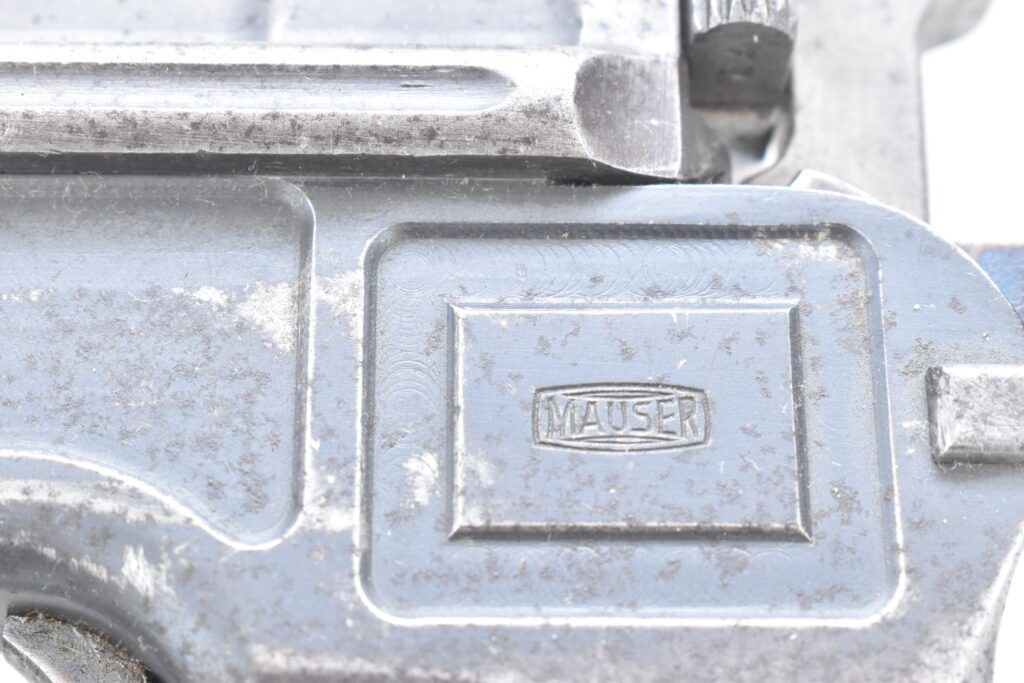
Hard coat anodizing is a favored method for protecting aluminum by submerging it in a bath of chilled sulfuric acid. This can increase the surface hardness to between 330 and 450 on the Vickers scale. But please note, it also changes the dimensions of the metal, something that must be taken into consideration during machining.
Cerakote consists of spray painting a polymer-ceramic composite on metal and may well be the most user-friendly option. Check out www.brownells.com for all kinds of paint should you decide to DIY.
Another great coating is Black T(eflon). Also known as “CT-41, it is a Black non-stick PTFE coating with a polyamide-imide binder used on metallic substrates to reduce sticking tendency and also provide a tough, durable film for dry lubrication and good abrasion resistance.” We found the description on a website for automobile transmissions. The same properties work great on a gun.
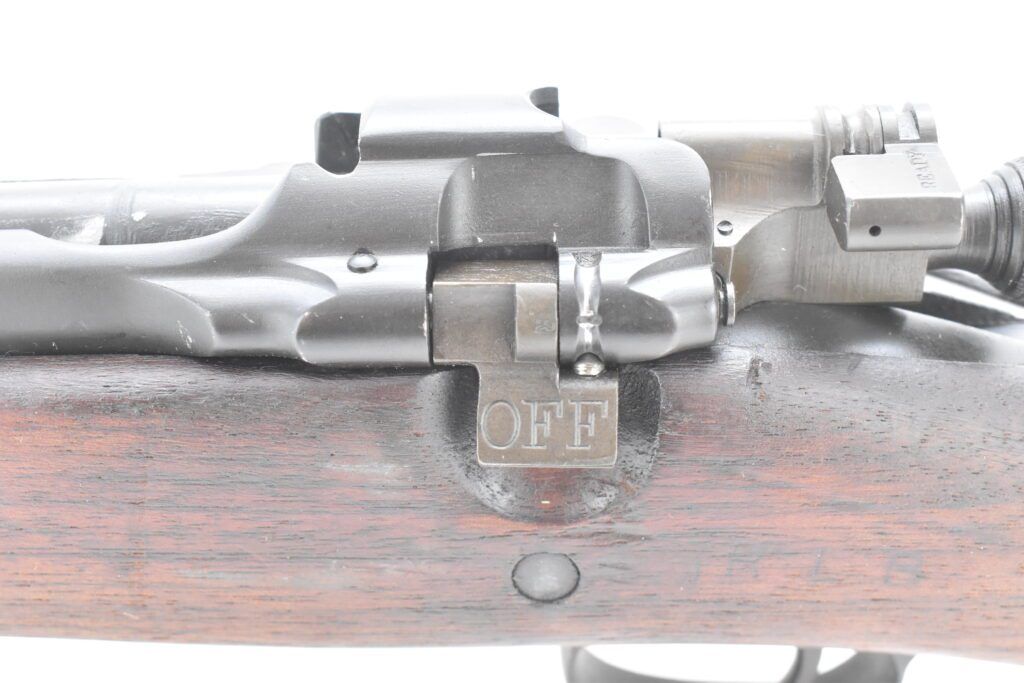
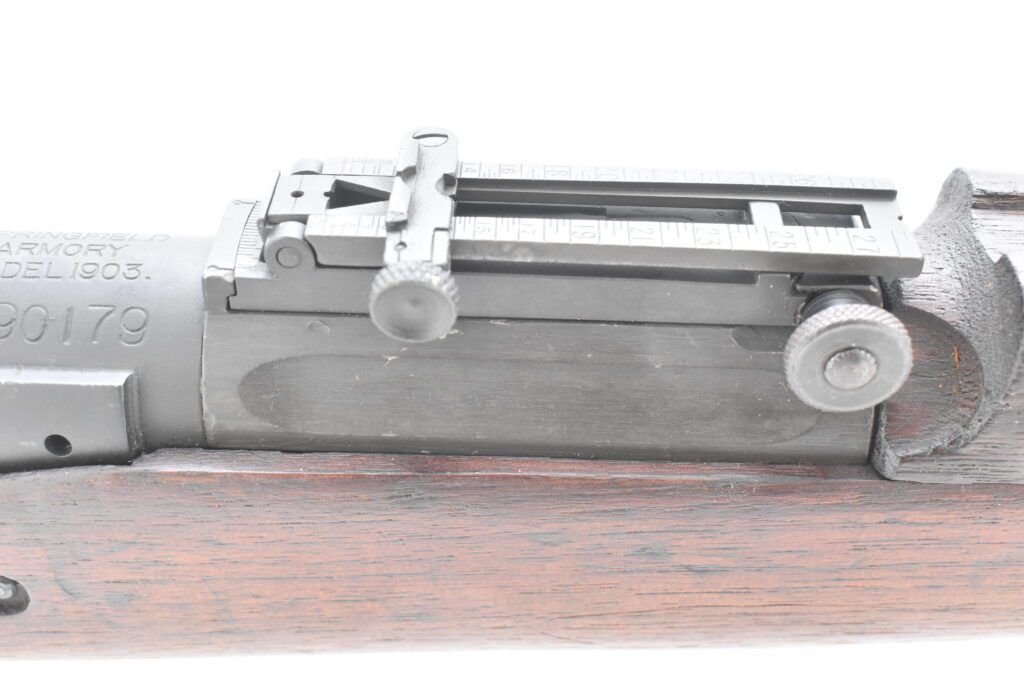
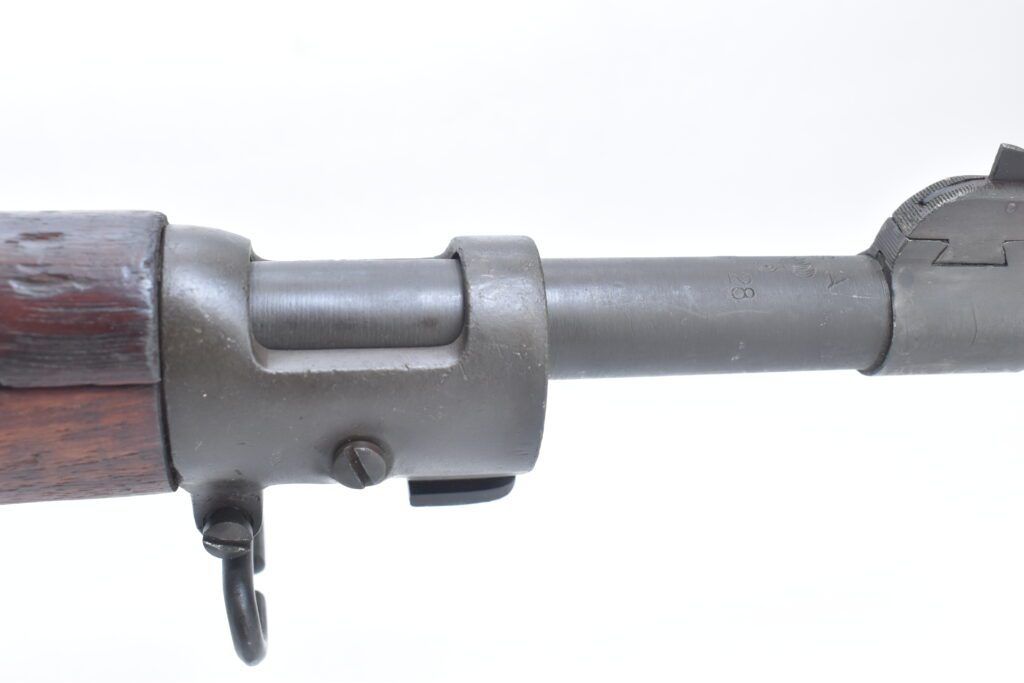
Another type of finish uses methods that bond the finish to the metal to a certain extent. We hear about “Tenifer,” “Melonite,” “Armornite,” etc. which are very similar finishes and trademarked by various manufacturers. The process is ferritic nitrocarburizing or FNC, which is used in several proprietary case hardening processes that diffuse nitrogen and carbon into ferrous metals at sub-critical temperatures during a salt bath.
A couple more great finishes are NiB and DLC. Nib (nickel boron) enters the surface of the metal and brings reduced friction along with the corrosion resistance. The bond produces a finished product that is harder than the material on its own. The way that it reduces friction also serves to reduce heat in parts so treated, making it superb for use in items such as bolt carrier groups.
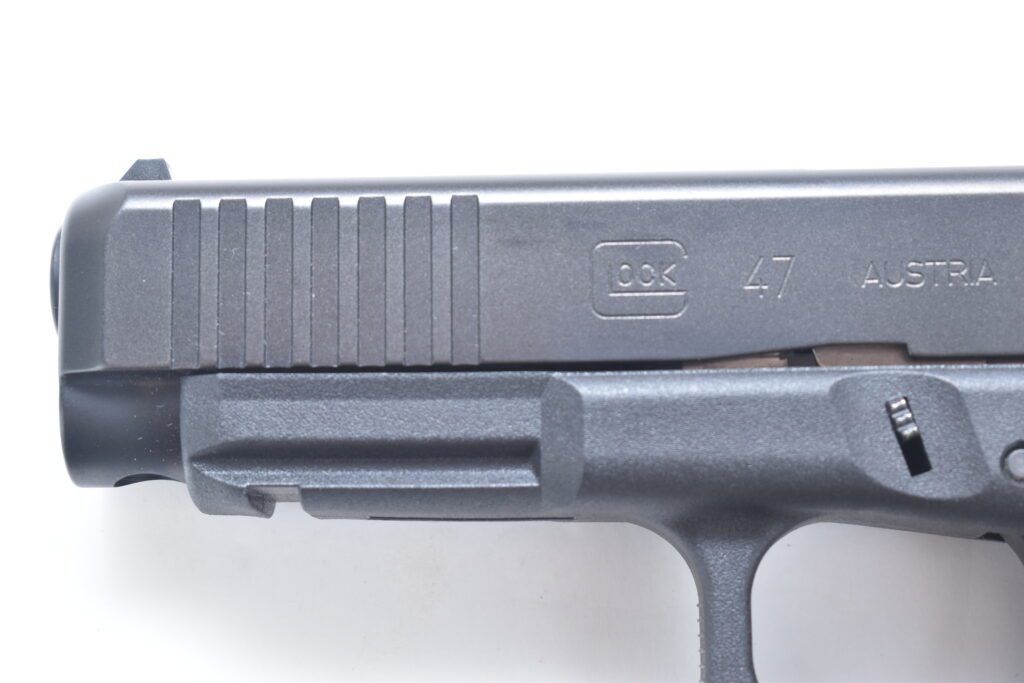
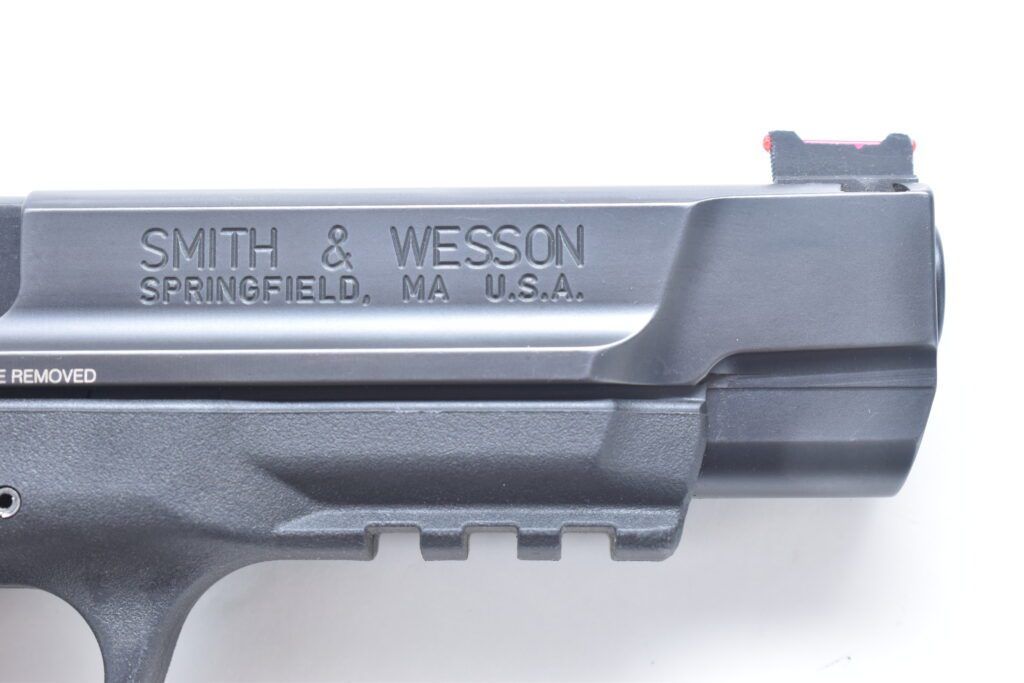
DLC (diamond like coating) takes everything to another level combining the best two forms of carbon (at least for a firearms) in the guise of diamond and graphite. The process provides an incredible surface hardness and the graphite adds lubricity.
Even with all this available chemistry, we have to remember that no finish is permanent. We mentioned how hard humidity is on metal, many liquids can provide the same problem. Sweat and blood off our own bodies or from success in a hunt will wreck a finish. Just try getting a drop of dove blood on the receiver of your shotgun and see how long it takes to rust.
We don’t have to do anything wrong to our firearms to allow them to rust. Everyday use will suffice just fine. Take a look sometime at the finish on a soldier’s weapon or a police officer’s. Ever look at the finish wear on your USPSA pistol or how about your everyday carry gun? Just taking them in and out of the holster wears the finish and makes them more susceptible.
As a rule, firearms need more love than even a good finish will provide. Surface contaminants need to be removed once the firing session is done. Even if you don’t fire the firearm, wipe it down occasionally with a very lightly oiled patch. We’ve developed the habit, over the years, of putting a drop or two of Break Free (a good example of a CLP which cleans, lubricates and protects) on the last patch, running that through the clean, dry bore of a firearm and then wiping down the surface leaving a very light layer of protective oil on said firearm.
Where and how you then store the firearms are equally as important. Most of our guns go in a safe for security’s sake. We can also use those devices to control the environment a bit. We’ve added low-powered heating rods to our safes (much like these from Brownells) . All of our shelves therein are covered with felt or thin cloth mats that soak up a little of the oil over time and keep some of the pistols wiped down for us. We’ve even used smooth, hardwood shelves. Just make sure the gun metal doesn’t touch any kind of paper. Then, we pull everything out of the safe once or twice a year and wipe them down.
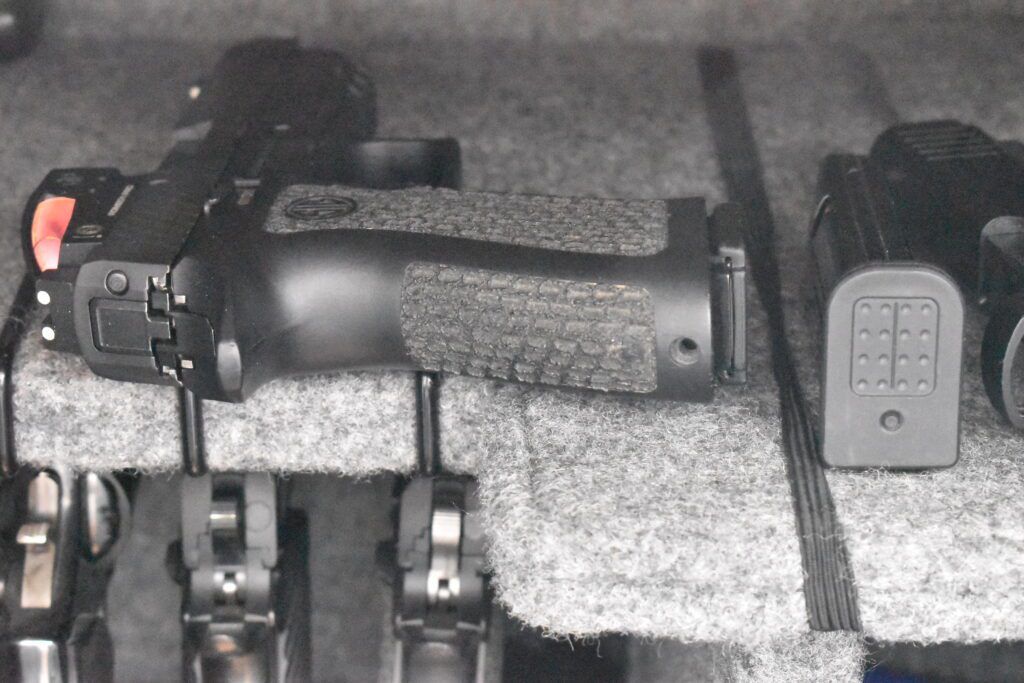
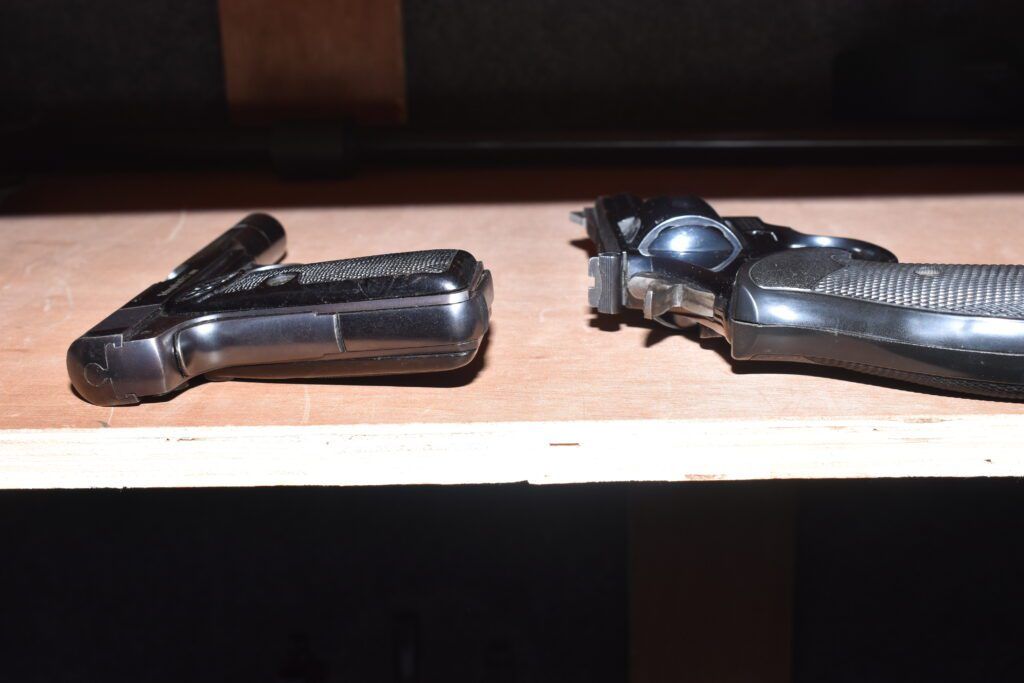
We try very hard not to leave our guns touching anything that would attract moisture. We once made the mistake of leaving a beautiful S&W Model 19 snub nose out in the shop where it eventually came in contact with some of the insulation. The light rust that formed at those points on an otherwise pristine revolver would just make you cry. We cleaned everything up, steel wooled the contacted areas and never made that mistake again.
All the above leads us back to Mike F.’s inquiry. Leather, in our experience in the very humid South, will attract moisture and then leave it in contact with metal surfaces. The final finish you have on the firearm can lessen the chances storage in a holster will damage your firearm. That said, being old Boy Scouts and believing in the “Always Be Prepared” thing, we do not leave our firearms stored in leather holsters. We don’t store them in gun rugs or socks. We keep them where they can breathe a bit.

























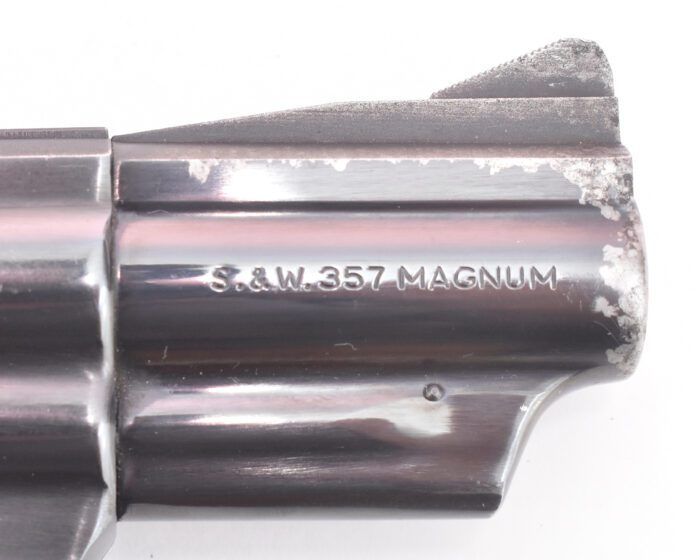


Try out a new product called “Gold Guard” from Nano Arms Chemistry
Why in the world would you lay a firearm on its side or allow it to touch anything other than inert foam (e.g., Hyskore gun rests)???
The two magic ingredients for preventing rust on firearms are RIG gun grease and your elbow grease.